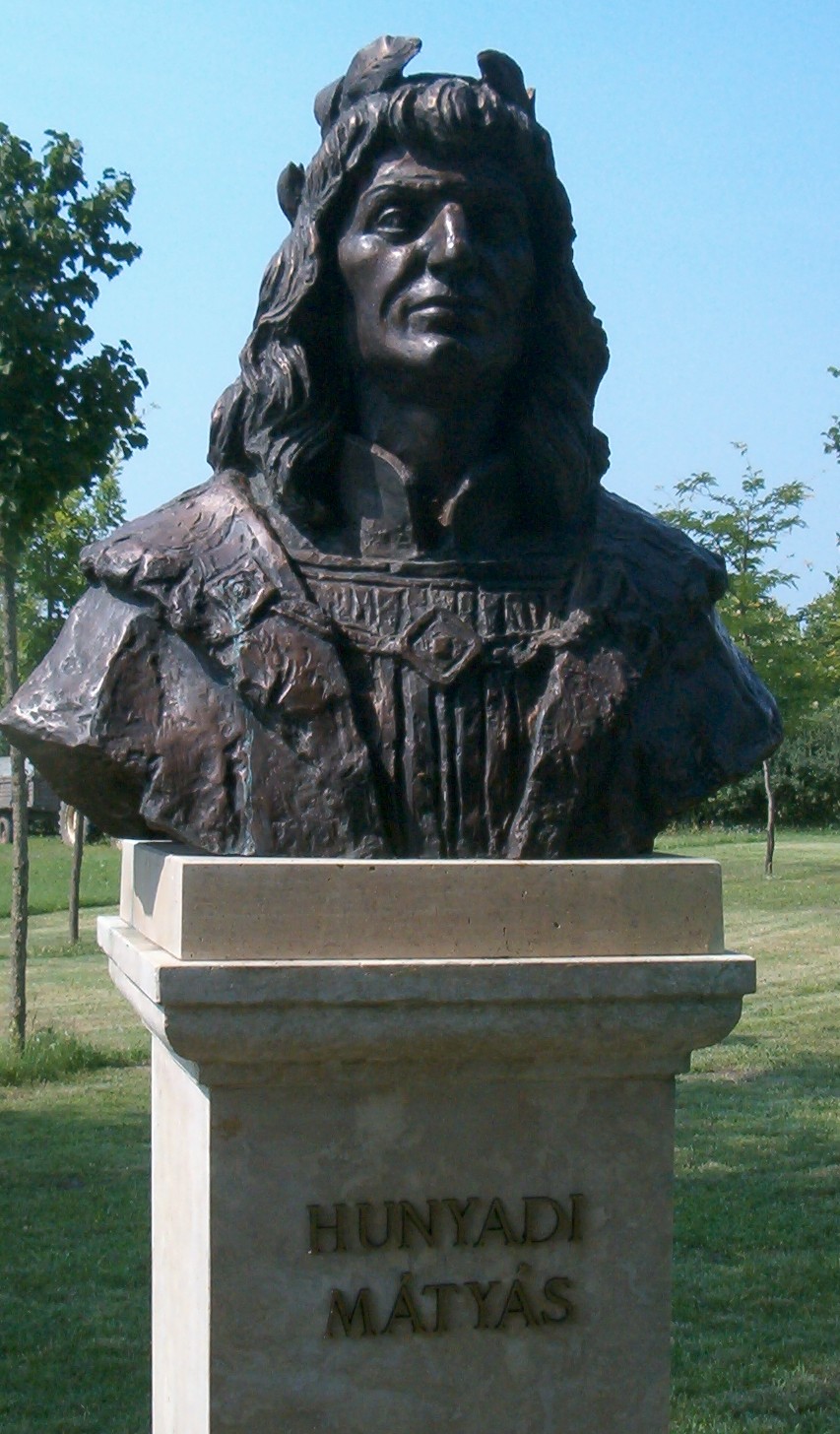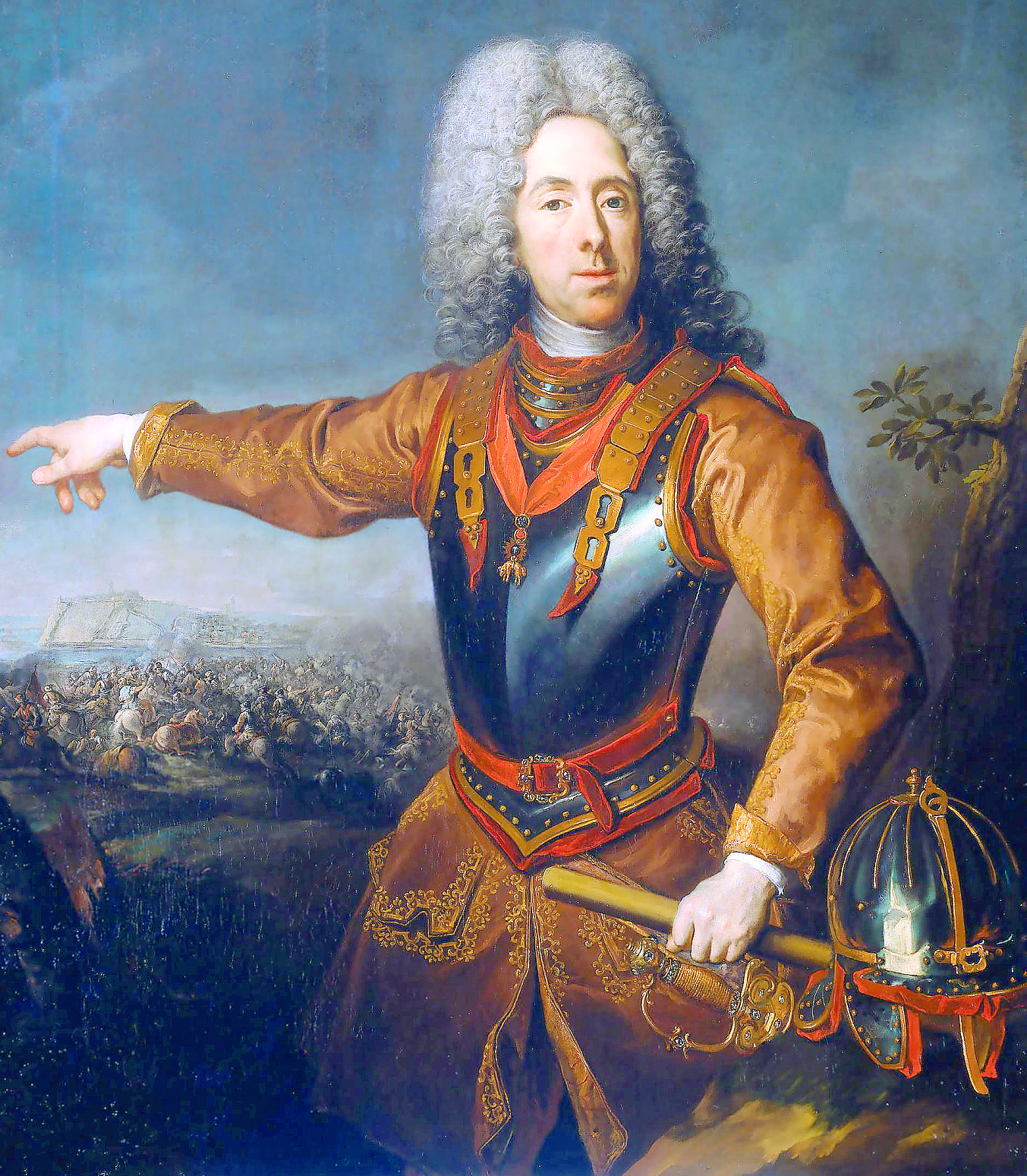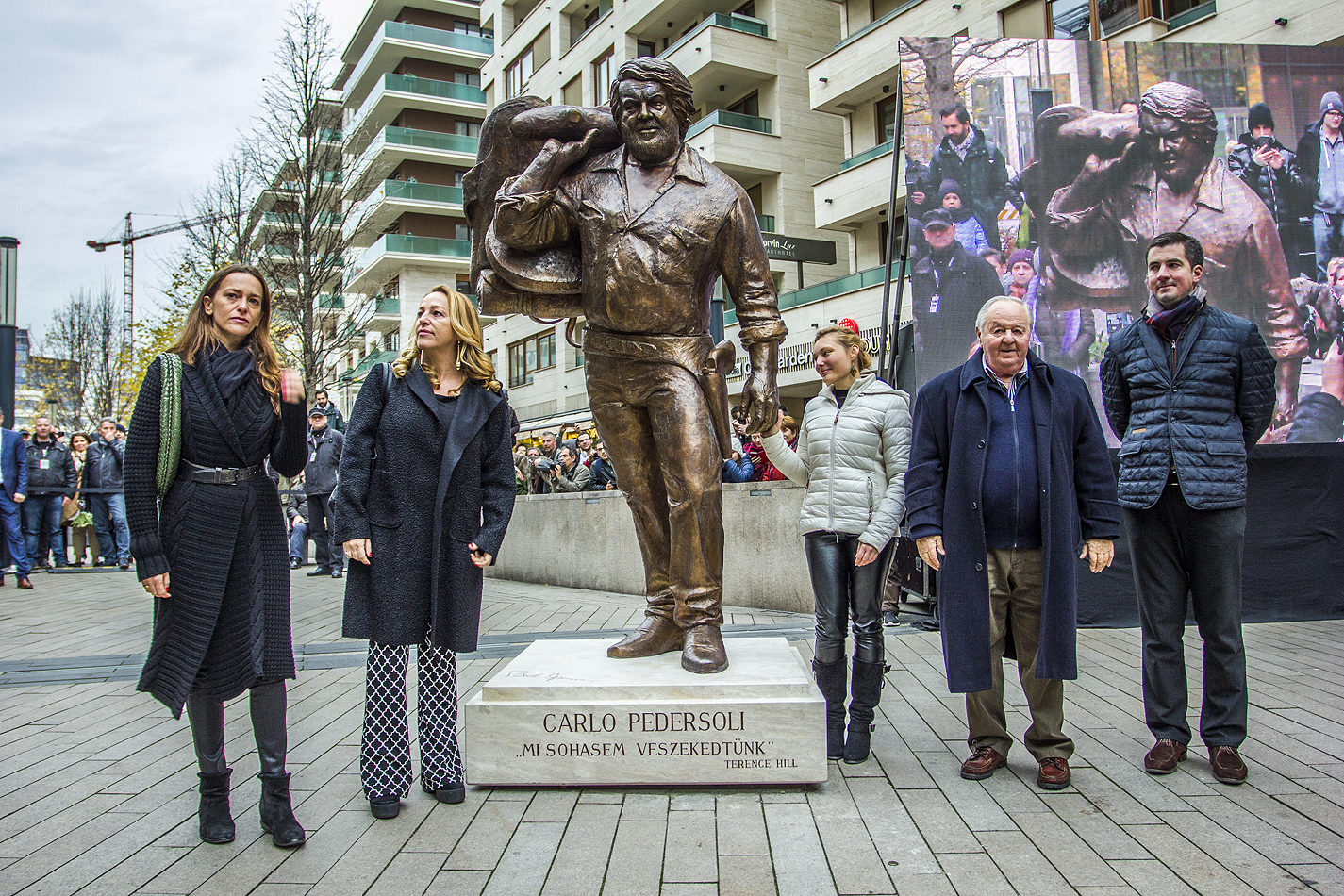The Italian presence in Central Europe has been consolidated for centuries, as well as in other areas of the world, but perhaps less well known. It may be interesting to recall some traits of this centuries-old relationship of friendship and interpenetration. During the Risorgimento Mazzini and Garibaldi influenced and inflamed thecentral Europe.
The Italian presence in Central Europe in history
By Mitteleuropa we mean the whole area between Monaco and Budapest. Since the time of the medieval Hungarian king Matthias Corvinus, Italian artists, craftsmen and writers have been prized in Budapest. Also in the Polish court and in the Vienna Habsburg. In Vienna even characters like Marsili and Montecuccoli, they planned the seventeenth-century Austrian geopolitics. Meanwhile, other Italians, in Vienna, gave birth to the melodrama. Eugenio di Savoia, escaped from the convent where he had been confined by his family and despite his frail physique he became the greatest military strategist in Austrian history, saving Vienna from the Turkish siege of 1683. In the same siege the friar Marco d'Aviano enthused the soldiers. Italian architects and sculptors built several Central European cities. After the devastation of the Second World War some were rebuilt thanks to the paintings of Italian painters, such as Tiepolo.

The Habsburgs and Italy
The Habsburgs loved Italy and revived it not only in the Lombardy-Venetia and Trieste, but also in the Emilian duchies and in Tuscany, where there are still statues dedicated to the Grand Duke Leopoldo, son of Maria Teresa. He was a great reformer who wrote the most modern European constitution for the Tuscan state. Unfortunately, due to the death of his brother Giuseppe in Vienna and his subsequent departure from Florence, it never saw the light.
Not only over one hundred thousand Italians, Austrian citizens, fought for Austria during the Great War. To sign the armistice with Italy, exactly one hundred years ago, there was a certain Ruggiera among the Austrian officers. Many Czechs and Slovaks, on the other side of the front, also fought for Italy.

Italians in Slovakia
In Slovakia the Italian presence today, particularly in the capital, Bratislava, is particularly evident. But it is a solid and ancient presence in Central Europe. Bratislava has, to give some examples, a bridge called Lanfranconi, a minister whose surname is Pellegrini. Kukorelli (transformation of the Italian surname Cucorelli) is the heroic pilot behind the Slovak resistance. In Budapest Giorgio Perlasca, a Paduan who traded in cattle with Hungary during the war, practiced the best Italian farcical traits, managed to pass himself off as vicar of the Spanish ambassador, at the end of '44, and to save thousands of Jews. He is still a hero of the Hungarian Jewish community today.

Italian Central Europeans by adoption
Sissi loved Italy, she was not the only Central European romantic of her time to fall in love with the beautiful country. Goethe, Liszt and almost all the Central European writers and composers of the eighteenth and nineteenth centuries had to make a grand tour of the peninsula. A sister of Sissi had even married "Franceschiello", Francesco II Bourbon, last king of Naples. Friedrich Nietzsche, the great philosopher of awareness and "pickaxe", lived for decades between Rapallo, Orta and Turin. It was in Turin that he ended up in an asylum for slapping a man who mistreated a horse. Not only Nietzsche, also other notable contemporary Central European writers, found a home in Italy. Among them the Hungarian Sandor Marai, which a Napoli, in Posillipo, he spent two years in exile, after the war, before leaving for the United States.

The Italy of Central European writers
Marai narrated this season of his life in "The blood of San Gennaro". A vivid tale of a poor and generous Italy, in whose ancient and fallen nobility, the Hungarian writer, author of other books among the highest in twentieth-century literature, can be recognized. Also the great Austrian writer of the twentieth century Thomas Bernhard, a provocative author of theater and fiction, he found his homeland in Italy. Leo Valiani (born Leo Weiczen), a Hungarian from Fiume, became Italian and was one of the architects of the resistance, one of the greatest Italian journalists and senator. Jiri Pelikan, a Czech journalist, fleeing the Prague invaded by the Soviets in 1968, to repress the dubcekian political spring, whose fiftieth anniversary marks this year, he became Italian and was also a Euro-parliamentarian for our country. After all, is Italy a country of Central Europe? There is certainly much more Italy in Central Europe than we would expect!
Since last year, there has also been one in the center of Budapest Bud Spencer statue, one of the most popular foreign actors in Central Europe.





